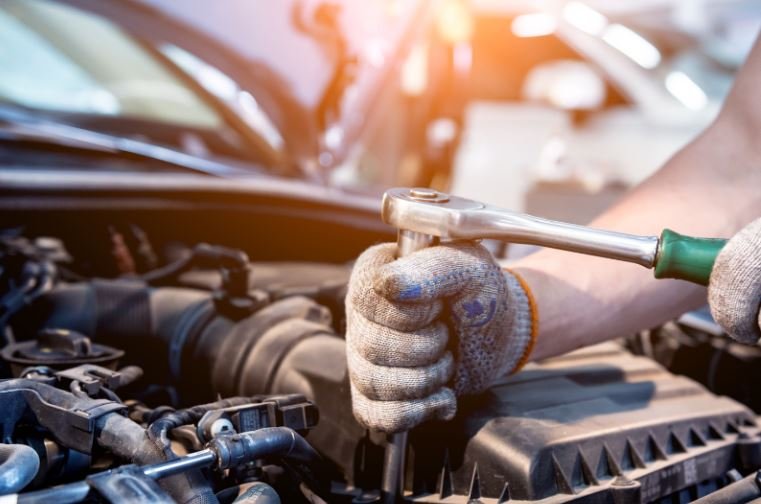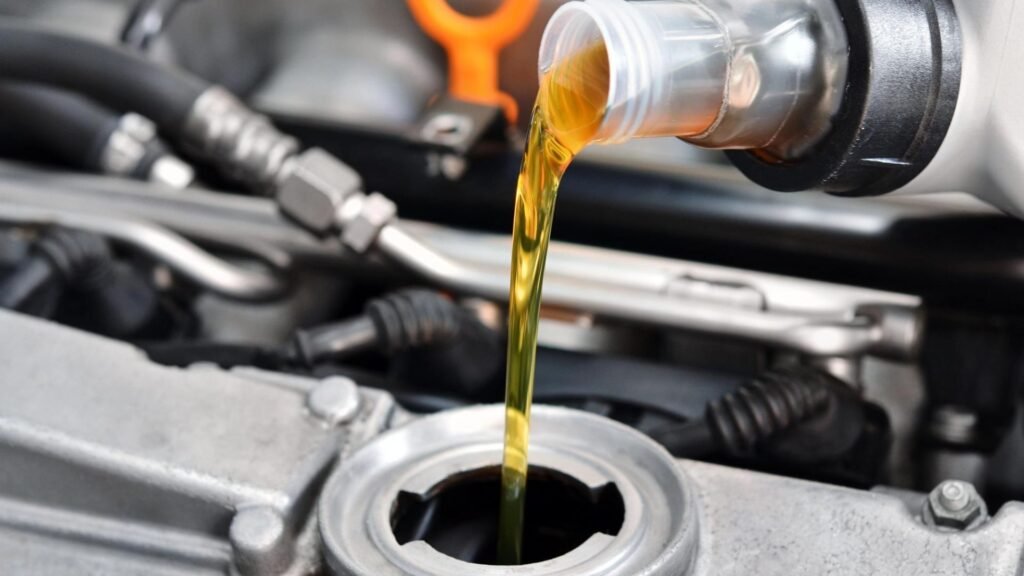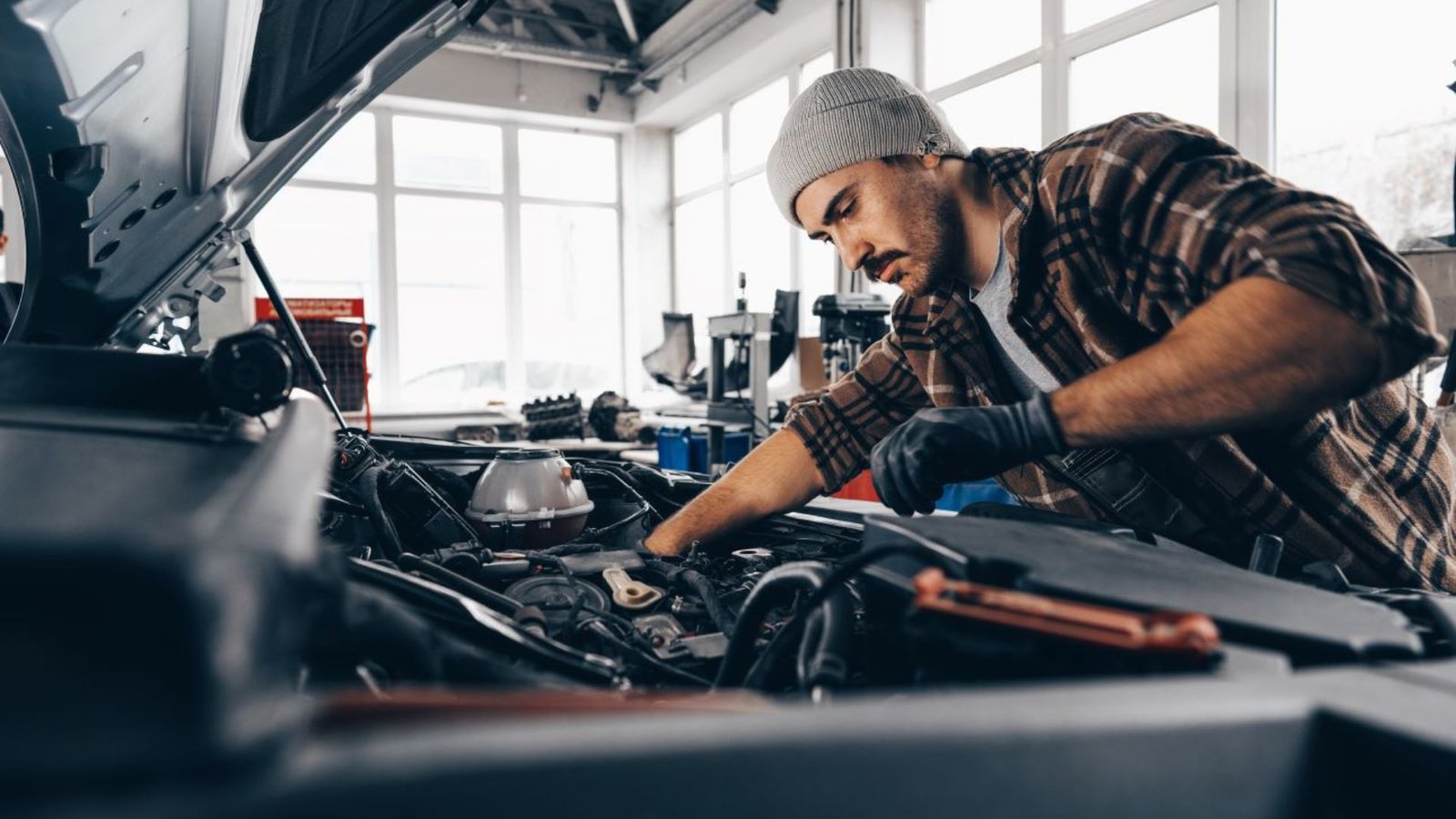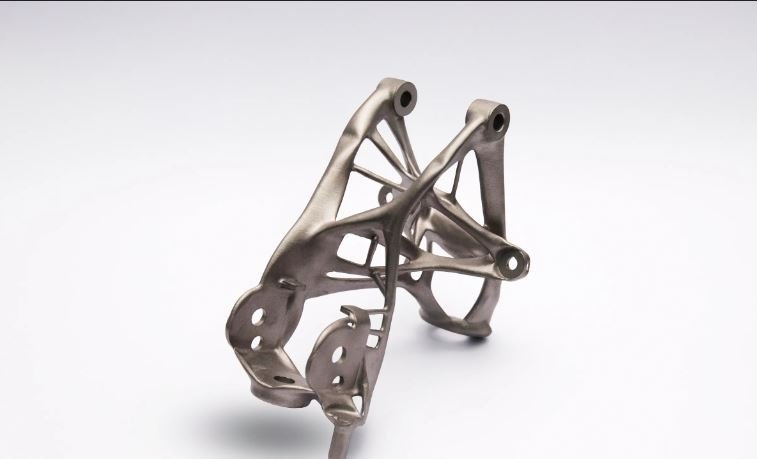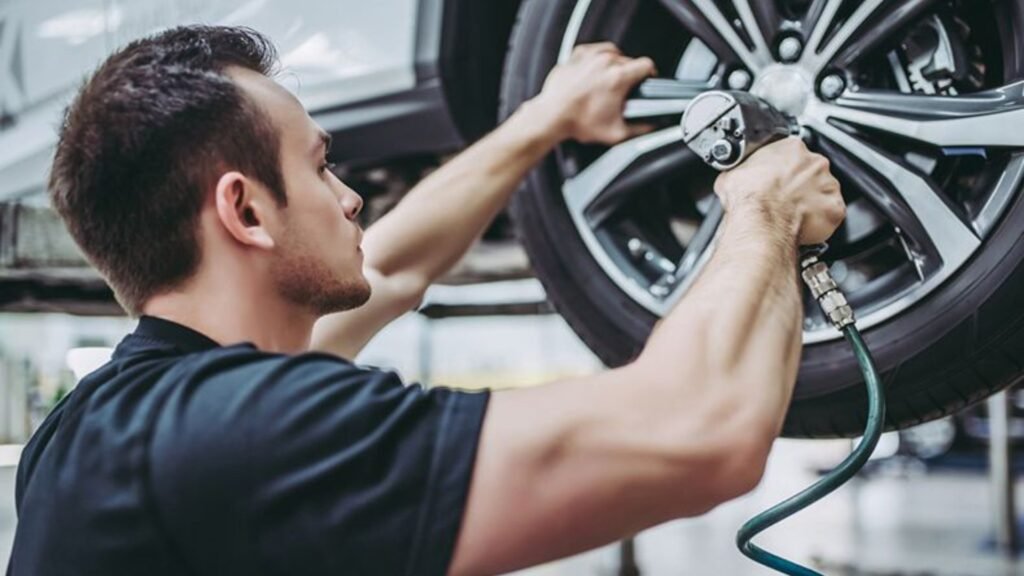Car engines are the heart of a vehicle, converting fuel into motion and driving performance. With advancements in automotive technology, various types of engines have been developed to meet different needs and preferences. Here’s a comprehensive guide to understanding the different types of car engines, including their workings, benefits, and applications.
1. Internal Combustion Engines (ICE)
Internal combustion engines are the most common type found in vehicles today. They work by burning fuel (gasoline or diesel) inside the engine’s combustion chamber, which generates power to drive the vehicle.
a. Gasoline Engines
- How They Work: Gasoline engines use a spark plug to ignite the air-fuel mixture in the combustion chamber. This explosion drives the pistons, which turn the crankshaft and power the vehicle.
- Advantages: They are typically smoother and quieter than diesel engines, with lower emissions of particulate matter.
- Applications: Commonly used in passenger cars and light-duty trucks.
b. Diesel Engines
- How They Work: Diesel engines use compression to ignite the air-fuel mixture, which is compressed to a higher temperature and pressure. This results in more efficient fuel combustion.
- Advantages: Diesel engines offer better fuel efficiency and torque compared to gasoline engines. They are also more durable.
- Applications: Frequently used in heavy-duty trucks, buses, and some SUVs.

c. Rotary Engines
- How They Work: Rotary engines, also known as Wankel engines, use a triangular rotor to create combustion chambers. The rotor spins in an elliptical orbit, creating the power necessary to drive the vehicle.
- Advantages: They are compact, lightweight, and have fewer moving parts compared to traditional piston engines.
- Applications: Rarely used in modern vehicles, but historically used in some Mazda models like the RX-7.
2. Electric Engines
Electric engines, or electric motors, use electricity stored in batteries to power the vehicle. Unlike internal combustion engines, electric engines do not have moving parts that rely on combustion.
- How They Work: Electric engines convert electrical energy from batteries into mechanical energy. They use electromagnetism to create motion, which drives the wheels of the vehicle.
- Advantages: Electric engines produce zero emissions, are quieter, and generally require less maintenance compared to internal combustion engines.
- Applications: Common in electric vehicles (EVs) like Tesla Model S, Nissan Leaf, and Chevrolet Bolt.
3. Hybrid Engines
Hybrid engines combine internal combustion engines with electric motors to improve fuel efficiency and reduce emissions. There are several types of hybrid systems, each with unique features.
a. Full Hybrids
- How They Work: Full hybrids can operate on the internal combustion engine, electric motor, or both simultaneously. They can switch between power sources or use them together to optimize performance and efficiency.
- Advantages: They offer better fuel efficiency and lower emissions compared to traditional internal combustion engines.
- Applications: Found in models like the Toyota Prius and Ford Escape Hybrid.
b. Plug-in Hybrids
- How They Work: Plug-in hybrids have larger batteries that can be charged via an external power source. They can operate on electric power alone for a certain distance before switching to the internal combustion engine.
- Advantages: They provide the benefits of electric driving for short trips while still offering the flexibility of a gasoline engine for longer journeys.
- Applications: Vehicles such as the Chevrolet Volt and Mitsubishi Outlander PHEV.
c. Mild Hybrids
- How They Work: Mild hybrids use an electric motor to assist the internal combustion engine, but they cannot drive the vehicle on electric power alone. The electric motor helps with acceleration and improves overall fuel efficiency.
- Advantages: They offer enhanced fuel efficiency without the complexity of full or plug-in hybrids.
- Applications: Found in models like the Honda Civic Hybrid and the Audi A6.
4. Hydrogen Fuel Cell Engines
Hydrogen fuel cell engines use hydrogen gas to generate electricity through a chemical reaction with oxygen. This electricity then powers an electric motor.
- How They Work: In a hydrogen fuel cell, hydrogen reacts with oxygen in the presence of an electrolyte to produce electricity, water, and heat. The electricity powers the vehicle’s electric motor.
- Advantages: Hydrogen fuel cells produce zero emissions (only water vapor) and offer quick refueling times similar to traditional gasoline engines.
- Applications: Limited to specific models such as the Toyota Mirai and Hyundai Nexo.
5. Turbocharged Engines
Turbocharged engines are internal combustion engines that use a turbocharger to force more air into the combustion chamber, resulting in increased power and efficiency.
- How They Work: A turbocharger is powered by exhaust gases and compresses the intake air, allowing for more fuel to be burned and more power to be produced.
- Advantages: They offer improved performance and fuel efficiency compared to non-turbocharged engines.
- Applications: Used in a variety of vehicles, including performance cars like the Subaru WRX and luxury models like the Audi A4.
Conclusion
Understanding the different types of car engines helps you make informed decisions when purchasing or maintaining a vehicle. Each engine type has its own set of advantages and applications, catering to different driving needs and preferences. Whether you’re looking for fuel efficiency, performance, or environmental benefits, there’s a car engine that fits your requirements.




